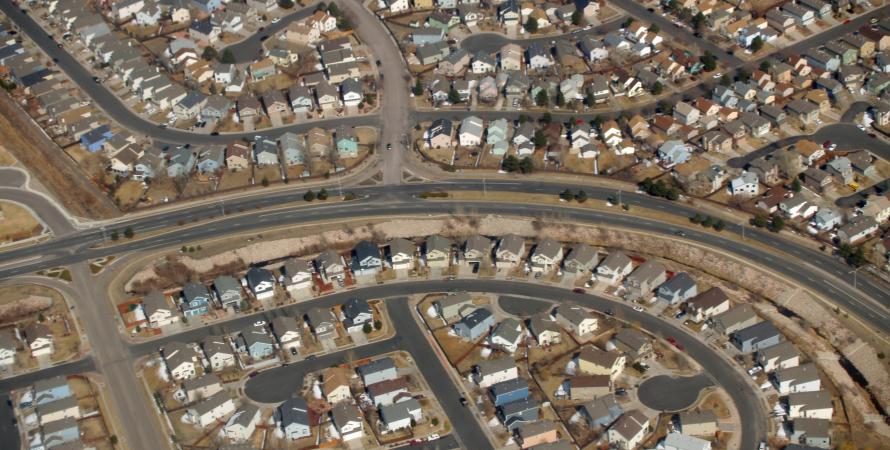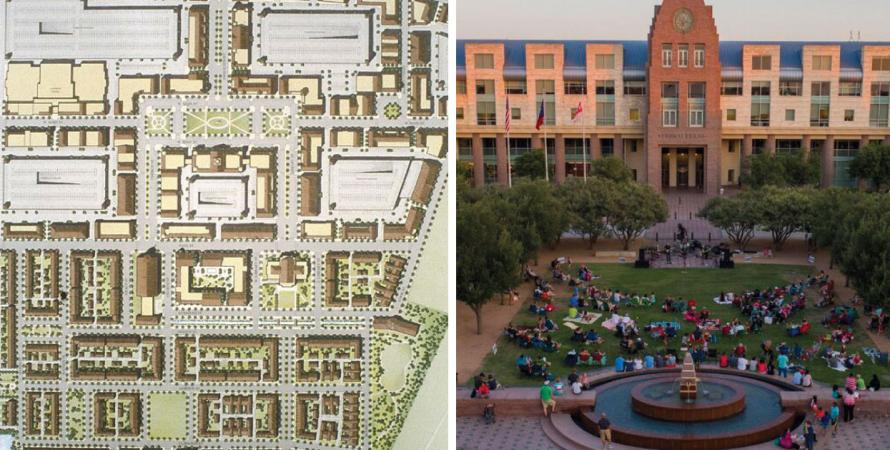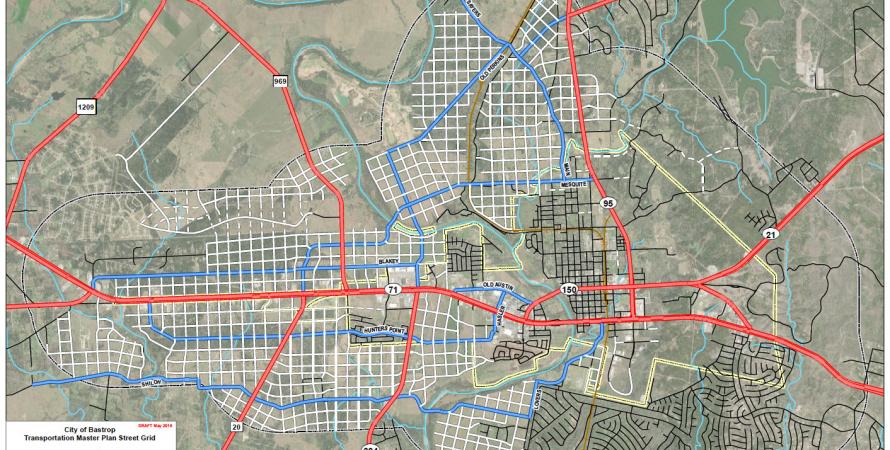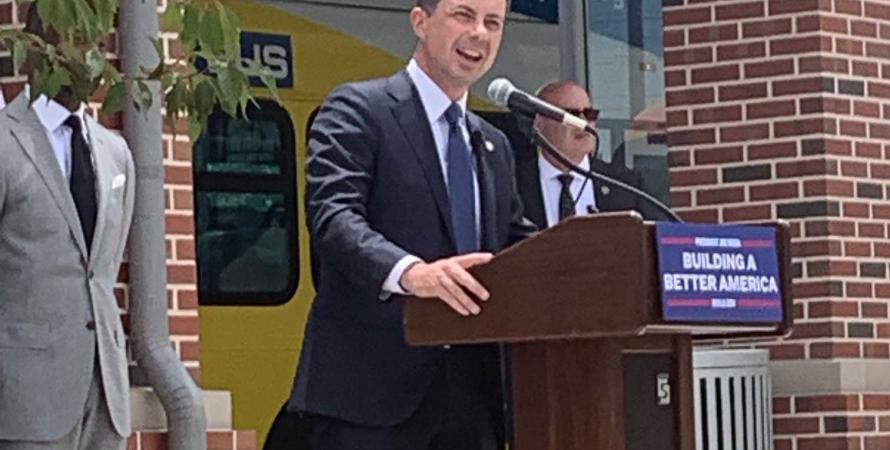-

Suburbia was a housing program
We used to understand that housing construction was in the public interestNote: This article first appeared on The Deleted Scenes . Public Square editor Robert Steuteville is on leave through the last week of October. I’ve had this note sitting in my possible newsletter posts document: “Suburbia was a housing program.” I’ve alternated between thinking that was banal and...Read more -

Visionary leadership creates new downtown
Frisco, Texas, has been one of the fastest growing cities in the US over the last three decades, going from a small town of 6,000 in 1990 to more than 200,000 today. In the 1990s, when the city north of Dallas began to boom, officials acquired land for civic buildings like a city hall and police...Read more -

What good are planners if zoning disappears?
In Arbitrary Lines, M. Nolan Gray offers a vision for a post-zoning world—including a productive shift in the planning profession.M. Nolan Gray has good timing with Arbitrary Lines: How Zoning Broke the American City and How to Fix it , one of the top selling urban planning and development books of the year. Zoning is being challenged like never before in the century since it caught fire as a public policy. Zoning reform is...Read more -

Buttigieg: How transportation can connect communities
The remarks of the US Secretary of Transportation, announcing the launch of the Reconnecting Communities program in Birmingham last week, are posted below.On June 30, US Secretary of Transportation Pete Buttigieg journeyed to Birmingham, Alabama to announce the opening of applications for $1 billion in grants to regions, cities and non-profits to repair the scars inflicted on communities by urban highway and railroad construction. Since CNU has...Read more